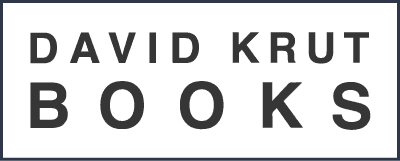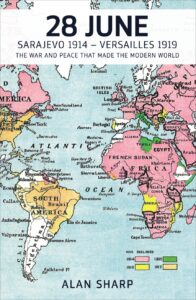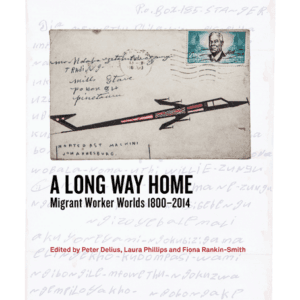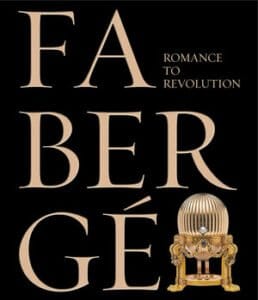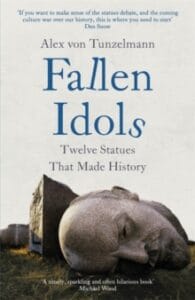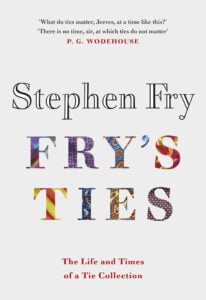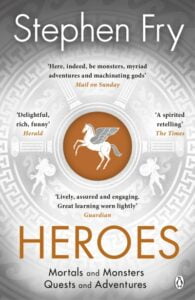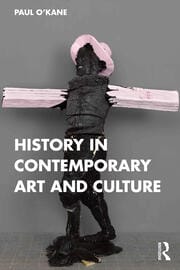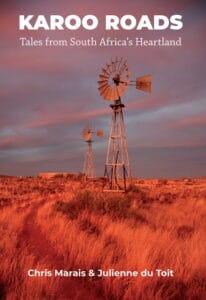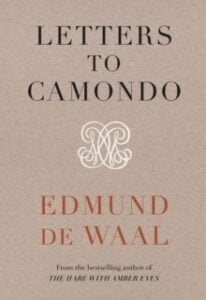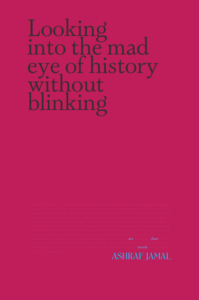Showing 1–16 of 115 results
-

R500The Makers of the Modern World, 28 June looks in greater depth at the smaller nations that are often ignored in general histories, and in doing so seeks to understand the conflict from a global perspective, asking not only how each of the signatories came to join the conflict but also giving an overview of the long-term consequences of their having done so.
-

R400A Long Way Home captures the humanity, agency and creative modes of self-expression of the millions of workers who helped to build and shape modern South Africa.
The book spans a three-hundred-year history beginning with the exportation of slave labour from Mozambique in the eighteenth century and ending with the strikes and tensions on the platinum belt in recent years. It shows not only the age-old mobility of African migrants across the continent but also, with the growing demand for labour in the mining industry, the importation of Chinese indentured migrant workers.
Contributions include 18 essays and over 90 artworks and photographs that traverse homesteads, chiefdoms and mining hostels, taking readers into the materiality of migrant life and its customs and traditions, including the rituals practiced by migrants in an effort to preserve connections to “home” and create a sense of “belonging”. The essays and visual materials provide multiple perspectives on the lived experience of migrant labourers and celebrate their extraordinary journeys.
A Long Way Home was conceived during the planning of an art exhibition entitled ‘Ngezinyawo: Migrant Journeys’ at Wits Art Museum. The interdisciplinary nature of the contributions and the extraordinary collection of images selected to complement and expand on the text make this a unique collection.
-

R120Published by Thames and Hudson, here is a lively, vibrantly illustrated social and cultural history of the Aboriginal Australians, from their origins to the present day.
-

R240BibliOdyssey’s mission has been to search the dustier corners of the
internet and retrieve these materials for our enjoyment. Thanks to the
efforts of this singular weblog, a myriad of long-forgotten imagery has
now resurfaced.
-

R170Catalogue of the Exhibition, Wits arts Museum, 2014 This publication accompanies an exhibition of the same title at Wits art Museum, 20 August – 2 November 2014.
-

R1400A beautifully illustrated book that explores the history and legacy of the House of Fabergé, from its origins in Russia–and its role in the glamorous world of the Romanovs–to global recognition.
-

R450Statues are one of the most visible – and controversial – forms of historical storytelling. The stories we tell about history are vital to how we, as societies, understand our past and create our future. So whose stories do we tell? Who or what defines us? What if we don’t all agree? How is history made, and why? FALLEN IDOLS looks at twelve statues in modern history. It looks at why they were put up; the stories they were supposed to tell; why those stories were challenged; and how they came down. History is not erased when statues are pulled down. If anything, it is made.
-

R450A keen collector of nifty neckwear from a young age, Stephen Fry treats readers to a selection of truly tremendous ties alongside a bevy of unforgettable anecdotes and full-colour photographs.
-

R300Hot on the legend-gilded heels of his triumphant Mythos, Stephen Fry returns for a second collection of matchless retellings of cowardice, courage and sacrifice under the gaze of the gods.
-

R600Written primarily for a broad range of fine arts students, this book encourages readers to reconsider their studies and art practices in light of a historical perspective, enhanced by creative contributions from artists, imaginative philosophers, and influential cultural commentators.
-

R350Exhibition catalogue of a selection of old maps, photographs, postcards and posters, etc published for the exhibition of the same title, showing Table Mountain as a cultural symbol.
-

R800Karoo Roads is a collector’s treasure box of trips and tales gathered from more than a decade of research and rubber-on-the-road experiences, penned and photographed by two award-winning travel writers, Chris Marais and Julienne du Toit, who will introduce you to some of the loveliest, toughest, most creative and downright crazy characters, critters and cultures thriving in the Dry Country.
-

R340‘Letters to Camondo immerses you in another age… de Waal creates a dazzling picture of what it means to live graciously. Subtle and thoughtful and nuanced and quiet. It is demanding but rewarding.
-

-
 Out of stock
Out of stock
R325Giving a voice to the secret graffiti artists of Medieval times, this engaging, enthralling and – at times – eye-opening book, with a glossary of key terms and a county-by-county directory of key churches, will put this often overlooked period in a whole new light.
-

R400Mermaids are blessed with one tail or two, are as happy in freshwater as salt, and boast an ancestry that stretches from the classical world to the present, pre-dating Homer’s sirens and which will outlive the blood-thirsty nymphs of Pirates of the Caribbean. The mermaid expresses our reliance on the sea for food and trade and draws on our fear and fascination of the unknown depths.
